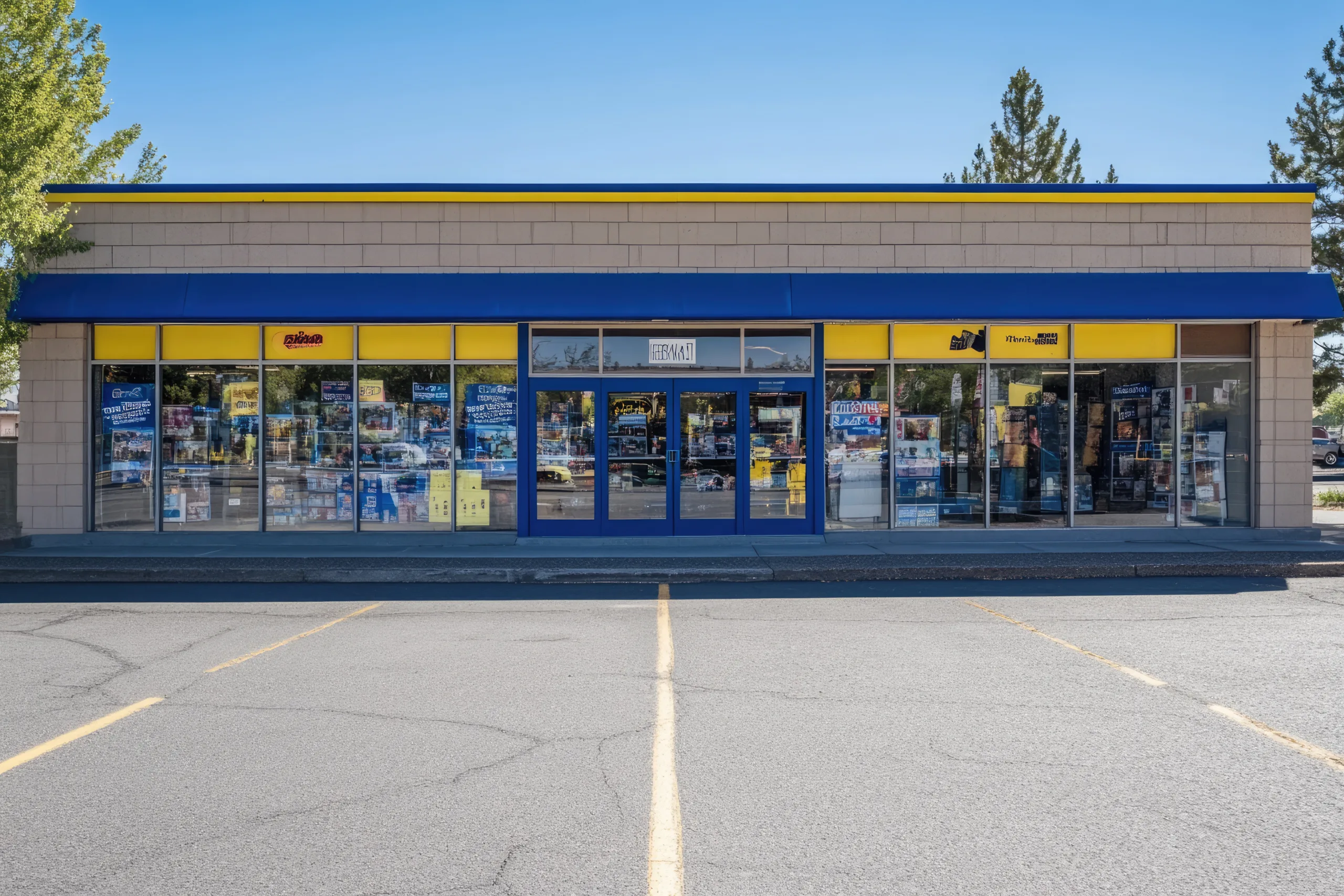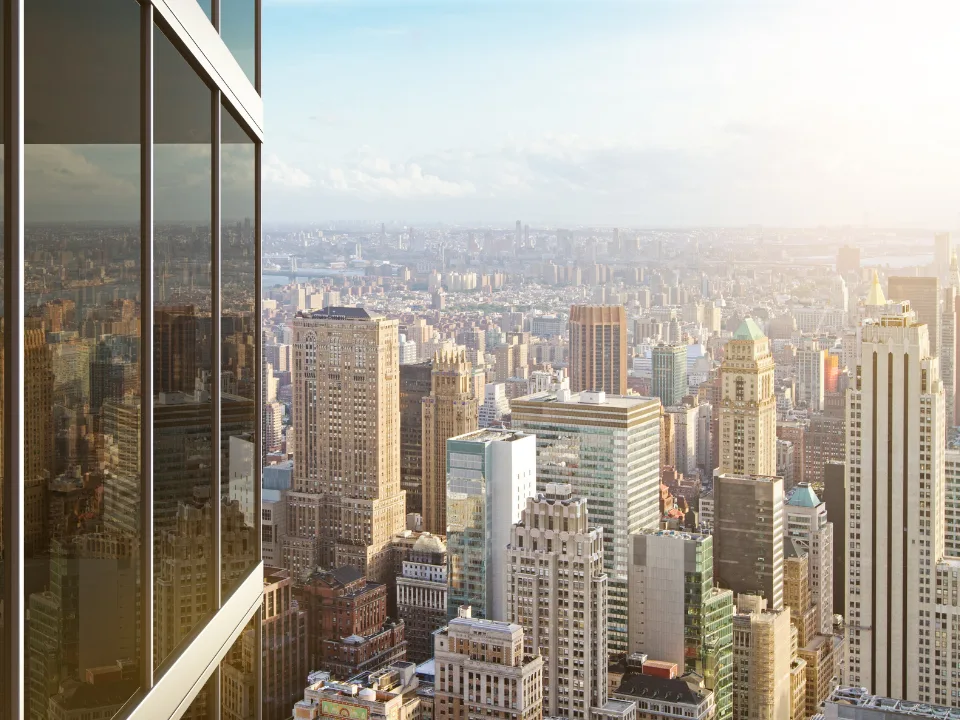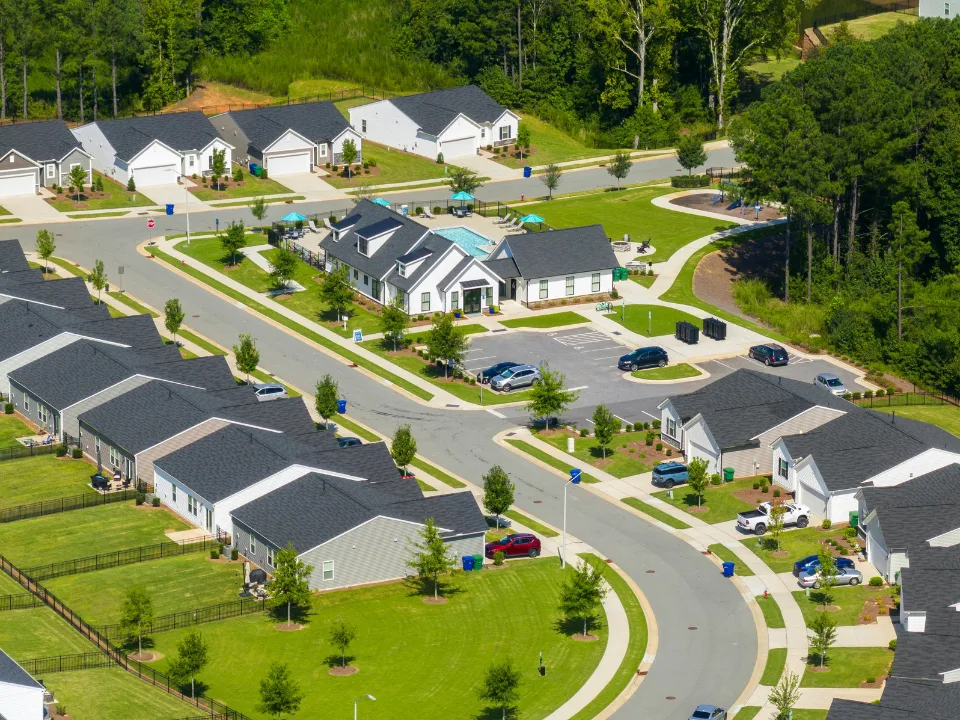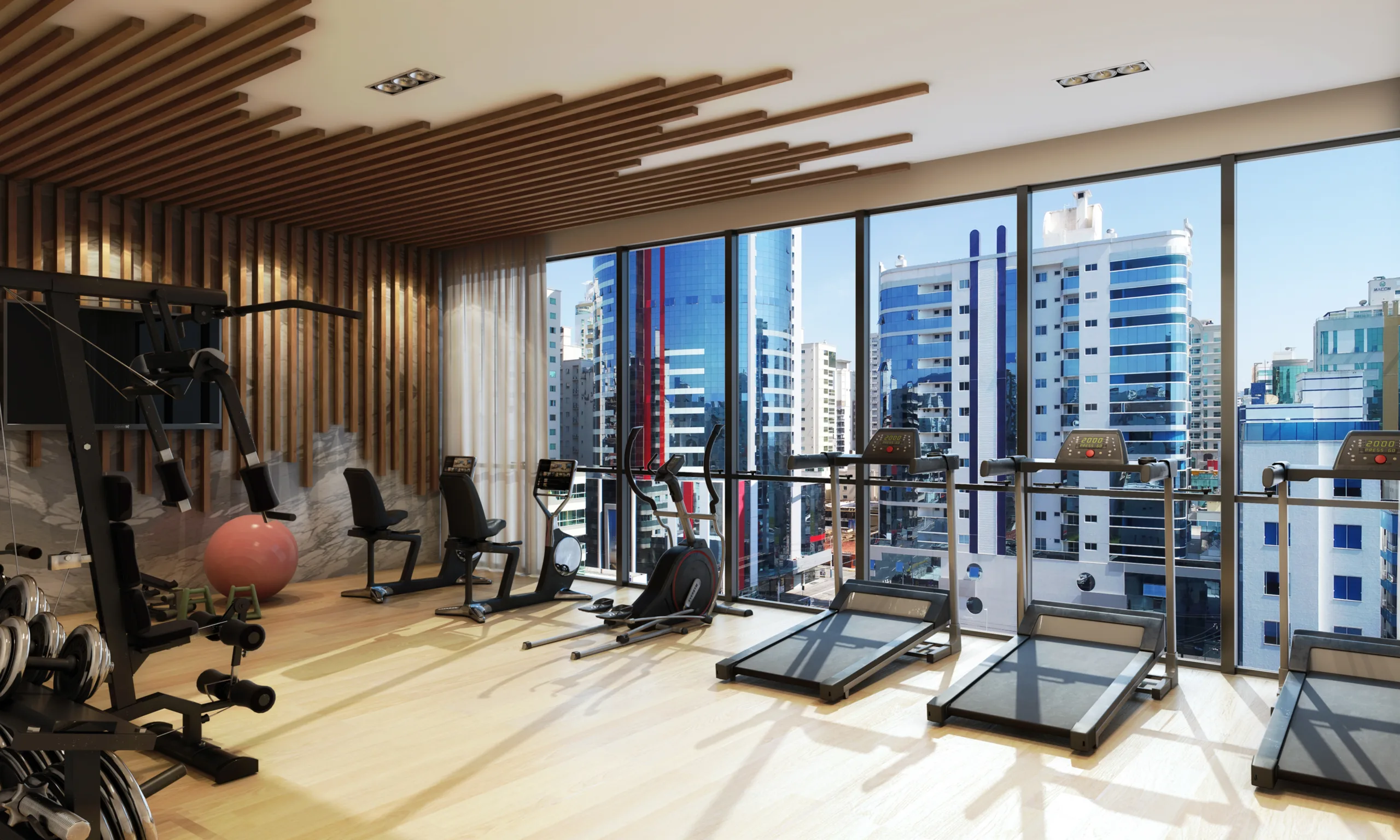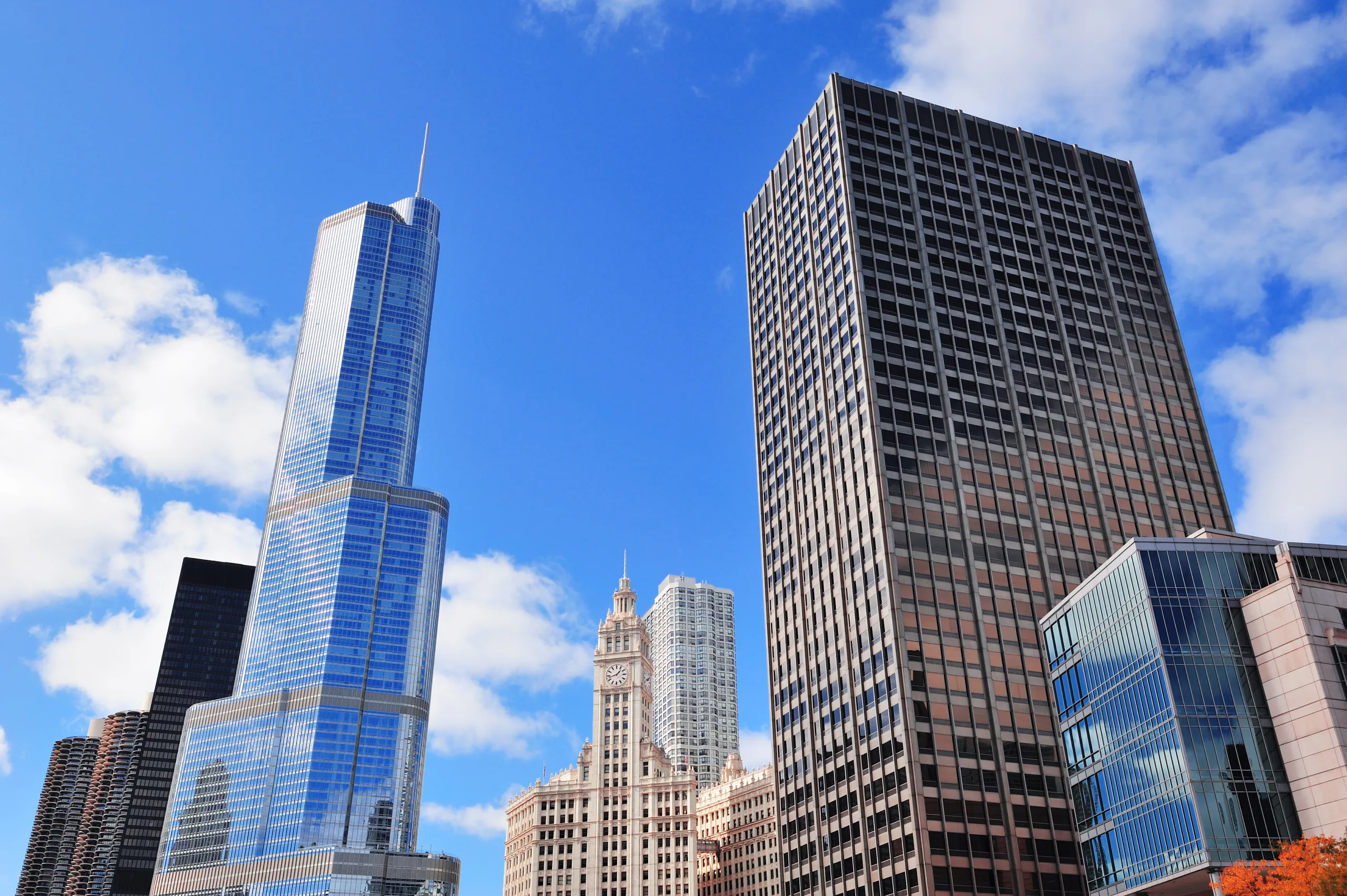- Office cap rates fell to an average of 7.34%, down 10 basis points from February, as interest rates and debt yields slightly increased.
- Most property sectors — including multifamily, retail, industrial, and self-storage — saw declines in average cap rates, while hospitality cap rates rose to 7.95%, the only upward shift.
- Office loan volumes surged 123% compared to February, while hospitality and industrial sectors saw steep drops in loan activity, down 78% and 76% respectively.
Cap Rates Decline Across Most Sectors
CRED iQ’s latest CMBS underwriting analysis shows cap rate compression across most asset types, signaling a possible recalibration in property pricing or investor expectations, reports Commercial Observer. Office cap rates averaged 7.34%, slipping 10 basis points from February’s 7.44%. Multifamily cap rates declined from 5.91% to 5.7%, while industrial saw the sharpest cap rate drop — falling from 6.38% to 5.74%.
Retail and self-storage also saw meaningful declines, each dropping 41 basis points to 6.28% and 5.81%, respectively.
Hospitality: The Outlier
Unlike other sectors, hospitality cap rates rose from 7.31% to 7.95%. Interest rates for hotel loans also increased, from 6.89% to 7.3%, reflecting heightened risk perceptions or changing underwriting standards in the sector.
Get Smarter about what matters in CRE
Stay ahead of trends in commercial real estate with CRE Daily – the free newsletter delivering everything you need to start your day in just 5-minutes
Interest Rate Movement Mixed
While office and multifamily interest rates declined slightly — down 5 and 8 basis points respectively — other sectors saw increases. Retail loans rose to 6.67% from 6.51%, and industrial jumped to 6.81% from 6.38%. Self-storage saw a notable 18-basis-point uptick to 6.47%, and hospitality again led in increases, with interest rates rising by 41 basis points.
Debt Yields Tick Up
Debt yields climbed across the board, led by multifamily which rose from 9.5% to 12.9%. Office yields increased to 13.9% from 13%, while retail yields rose modestly to 12%. These shifts suggest more conservative lending standards and growing lender caution, particularly in markets where pricing is still under pressure.
Loan Volumes See Significant Shifts
Office properties saw a dramatic 123% increase in loan count — the highest among all sectors — and a 92% rise in total deal balance. Multifamily followed with a 71% uptick in property volume. In contrast, hospitality and industrial sectors saw significant pullbacks in activity, down 78% and 76%, respectively. These changes also mirror investor sentiment, with pricing metrics adjusting accordingly — cap rates compressed in sectors with rising volume and widened where activity declined.
Why It Matters
These shifts reflect ongoing uncertainty in commercial real estate underwriting. With debt costs fluctuating and cap rates compressing for most asset types, lenders and investors are recalibrating risk — especially as deal volumes become increasingly sector-dependent.
What’s Next
As macroeconomic conditions evolve and lending standards tighten, look for continued volatility in both cap rates and loan activity. Hospitality and industrial may remain constrained in the near term, while the office sector’s relative resurgence in lending volume signals possible renewed investor interest — albeit at cautious terms.


